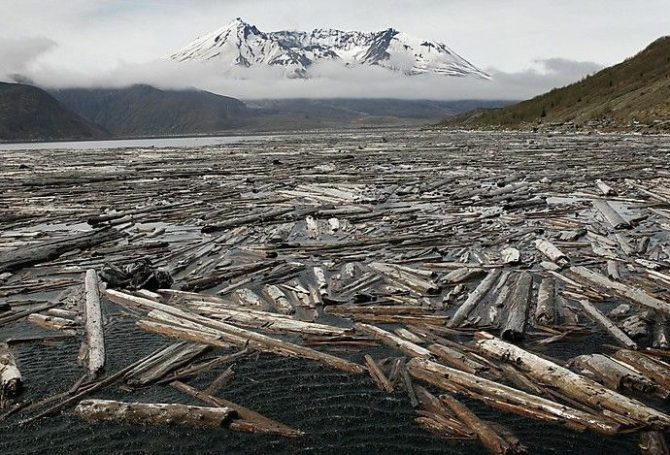
Mt. St. Helens erupted in 1980, but the residue of that eruption continues to pose flood dangers for downriver residents in Cowlitz County. CFM succeeded in cutting loose $870,000 so the Army Corps of Engineers can monitor sedimentation and begin planning enhancements to a structure that captures sediment still seeping from the volcanic eruption.
Cowlitz County tried without success for six years to free up the money from the Office of Management and Budget. However, OMB and the Corps, which has a statutory obligation to provide food protection along the Cowlitz River, were at loggerheads over whether the work should be treated as ongoing construction or operations and maintenance.
As the red-tape argument continued to block funding, Cowlitz County officials resorted to transferring local dollars to the Corps to move forward, made funding for the project their top priority and retained CFM in October 2019 to free up the money. It was our kind of challenge.
As roadblocks persisted, CFM switched tactics, targeting a reprograming request rather than going through the normal budget process. Closely coordinating with Washington’s congressional delegation, CFM’s job rested on finding the right OMB staffer in Washington, DC who would listen and had the power to unravel the bureaucratic snag.

“We found our person,” said David Hodges, CFM’s director of public affairs. “The OMB staffer called a meeting with county officials and later described it as one of the most productive of their career. They walked out of the meeting with a better appreciation of the situation and the red tape.”
The next step was to keep up pressure on OMB to act, which included engaging the congressional delegation at key times to hammer home the need for project funding, Hodges explained.
It took several months and repeated, sometimes daily calls to gain OMB’s final agreement. Because time was tight before the end of federal government’s fiscal year, CFM also had to make sure the funding received signoff by both congressional appropriations committees.
The Mt. St. Helens eruption removed the volcano’s summit and blocked drainage to nearby Spirit Lake. The blockage is hundreds of feet deep and contains the equivalent of 150,000 Olympic-sized swimming pools of water. It also precariously holds 240 million dump truck loads of sediment.
It took several months and repeated, sometimes daily calls to gain OMB’s final agreement.
Experts fear rising water levels in Spirit Lake could result in a breach, sending water and mud downhill in a debris flow equaling what happened after the eruption. That could wipe out a stretch of I-5, damage a railroad mainline and plug a portion of the Columbia River Shipping Channel.
The funding that CFM helped to secure will go for a survey to measure the level of sediment deposits and to begin engineering to enlarge the existing sediment retention structure, which was constructed after the eruption and remains critical for flood prevention in downstream communities.
Before joining CFM, Hodges spent nearly a decade on the staff of Senator Patty Murray, including as her Southwest Washington Director. As the Senator’s top aide in the region, Hodges worked extensively on Mt. St. Helens’ sediment and Spirit Lake management matters.



